26 ways to reduce energy bills if insulation is out of the question
Want to reduce your energy bill? Follow these tried and tested tips

It's a fact of life right now that everyone needs to learn to reduce energy bills. With massive hikes to energy costs this year, most of us will see our bills rise. And while the causes of these huge energy price increases may be beyond anyone's individual power to fix, you can reduce some of the burden of a steep bill by learning to be a bit savvier with how you use energy at home.
Of course, if you are a homeowner, you may look into more drastic energy-saving ideas like extensive insulation, double glazing, or maybe even a carbon-neutral home heating system, if you can afford it. However, if large-scale energy-saving projects are currently out of reach either because you don't have the funds and/or are renting, there are several other options that don't require a major home improvement project. Here's what you can do right now to mitigate rising energy costs.
1. Submit regular meter reading to your supplier
This first and essential step cannot be stressed enough. If you're still getting quarterly estimated bills, you could be overpaying by as much as hundreds a year. Conversely, if you are constantly underpaying for your actual energy usage, you will end up being hit by a huge unexpected bill when you move out of your current home.
So, locate your electric and gas meter and submit regular meter readings, usually every month. It's especially important to take an accurate meter reading right around the time energy prices change so that you don't end up paying more at the higher rate.
2. Understand how your bill works
The main thing to understand about bills is that they're calculated using prices per unit (kilowatt) of energy. When energy prices go up, the main thing you need to from your supplier is the new price per unit of electricity and gas. Your previous bills will give you a good idea of how many kilowatts of energy you use every year or every month, so you can begin to work out how much your new bills will be (and whether you can still afford them) using that past data and the new prices per unit.
Fortunately, most suppliers nowadays will provide you with this information on their bill, even advising you if you could save by switching to a better tariff. Sometimes this information will be on the second or even third page of your bill, but it's well worth locating.
Also bear in mind, that depending on where you live, you may need to pay additional charges, for example for your part of electric line maintenance. Always check with your supplier and local city authority to understand what you will need to pay for on top of your energy usage.
Get small space home decor ideas, celeb inspiration, DIY tips and more, straight to your inbox!
3. Massive bill? Reduce your electricity use first
If your bill is becoming unsustainable, then you should first look at how to reduce the electric part of the bill. Electricity always costs more than gas – just to give you an idea, electricity prices per unit are four-five times higher than gas.
So, the first thing you should do is cut down on unnecessary electric appliance use. We're not talking about powering the computer you need to do your work or not having the lights on. The fact is that many people have electric appliances that could be either swapped out for energy-efficient alternatives or that may not be neccessary. While an air purifier may not use that much energy, if you're also using a dehumidifier, a plug-in oil diffuser, a smart TV, a rice maker, a chocolate fountain...you get the drift.
The other important thing to try and cut down on is electric heating. If you are renting a place where all heating is electric and moving is an option, we would seriously advise moving somewhere with gas central heating. Even in a home that. lacks insulation it's still the better option. Freestanding electric heaters should also be avoided, particularly the oil-filled type – these use over a kilowatt of energy per hour.
4. Turn down your heating a notch
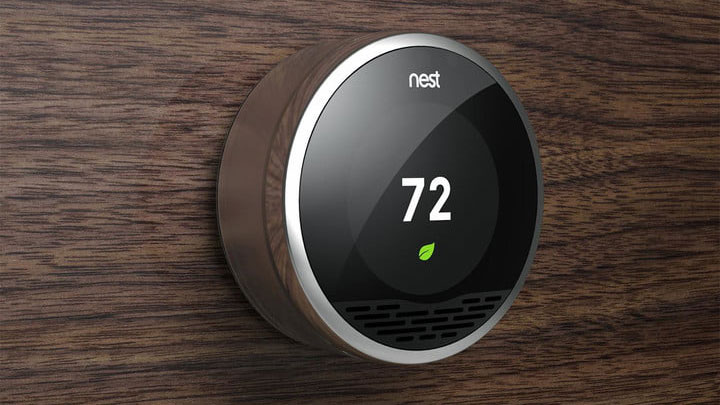
Obviously, where you live will have a massive impact on how much you pay for your heating. Someone who lives in California may only spend $500 on heating their home over winter, whereas in the Mid-West this figure can be closer to $1,500. Ultimately, though, with heating, small changes can have a big impact. Turning down your room thermostat by just one degree can save up to $100 a year.
5. Close your curtains

As simple as it sounds, closing your curtains or shutters at dusk will stop heat escaping through your windows – especially important if you live in a period property.
What can you save? DIY draught-proofing of windows, doors and blocking cracks in floors and skirting boards can save up to $50 a year on energy bills.
6. Shut down your devices instead of using standby
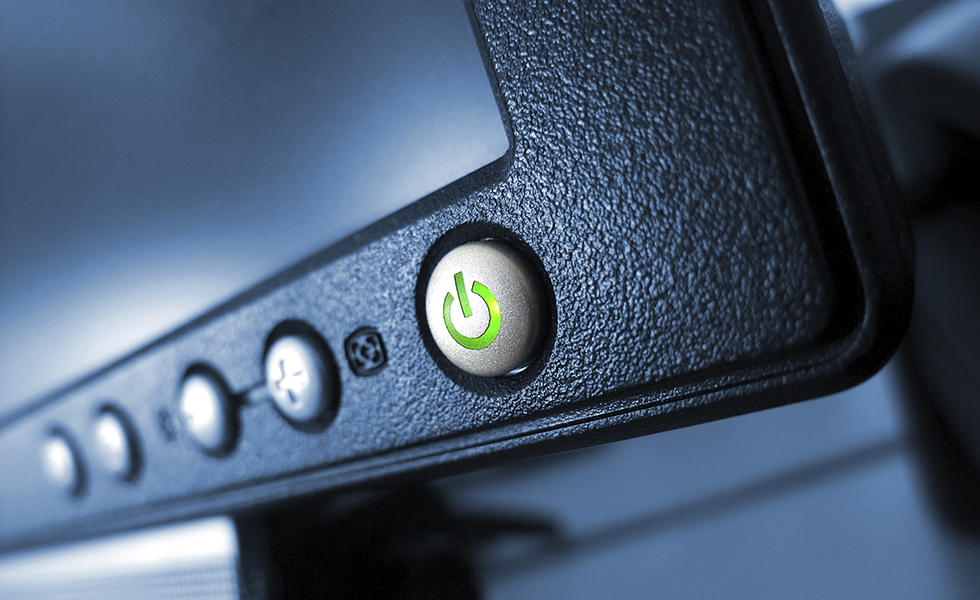
Forget about standby – unplug anything you're not using. Sure, leaving your computer on standby is better than just leaving it on, but unplugging all your appliances can save you between five and 10 percent of your bill.
7. Use a timer
Use your timer to schedule your heating and hot water to come on 30 minutes before you get up in the morning and to switch off again when you leave the house. Do the same in the evening when you are due to come home. Invest in a smart meter (keep reading for more on those) with geo-fencing and it will know when you leave and switch the heating off for you.
What can you save? It depends how often you switch off and on... but savings can be significant.
8. Use your dishwasher!

This may sound weird, but using the best dishwasher (an Energy-star rated one, that is), will save you money in comparison with handwashing. According to the California Energy Commission, you can save up to $40 a year by using an energy-saving dishwasher. To say nothing of less water waste.
9. Go for LED lighting
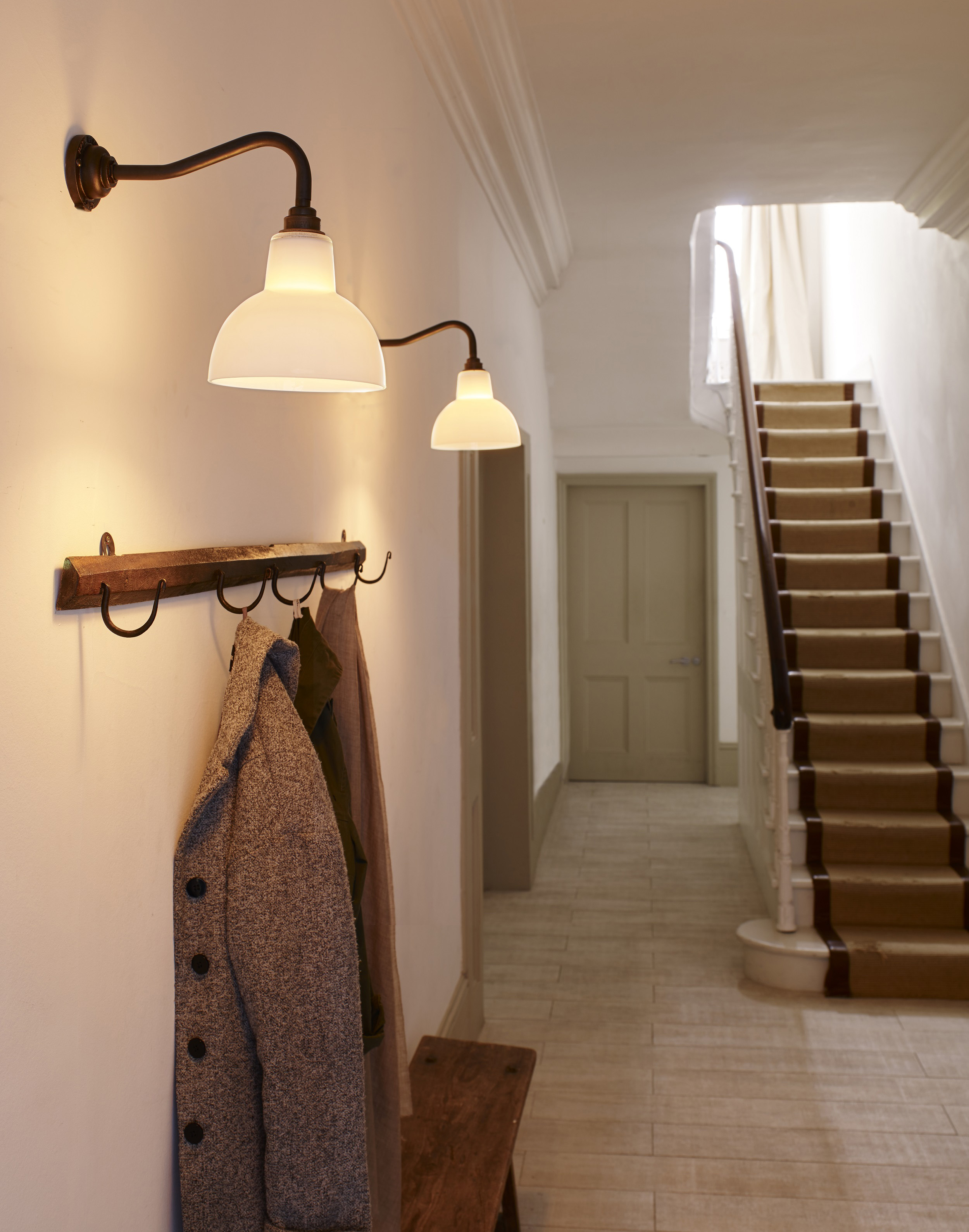
LED lights are the most practical, energy-efficient choice for your home, using 75 percent less energy than traditional halogen bulbs. Lighting accounts for around 15 percent of a typical household’s electricity bill.
While the upfront cost of an LED bulb might be more than a comparative halogen bulb, they cost far less to run and last much longer, with LED Hut advising that standard LED bulbs have a lifespan of around 25,000 hours, compared to 3,000 hours for a halogen equivalent.
Most halogen bulbs can simply be switched for an LED version, too, making it easy to upgrade your existing light fittings.
What can you save? Up to $40 a year.
10. Stop the drips
A dripping hot water tap can waste enough energy in a week to fill half a bath, so get any leaks fixed.
What can you save? It won't be much but over time it'll add up.
11. Ditch the dryer
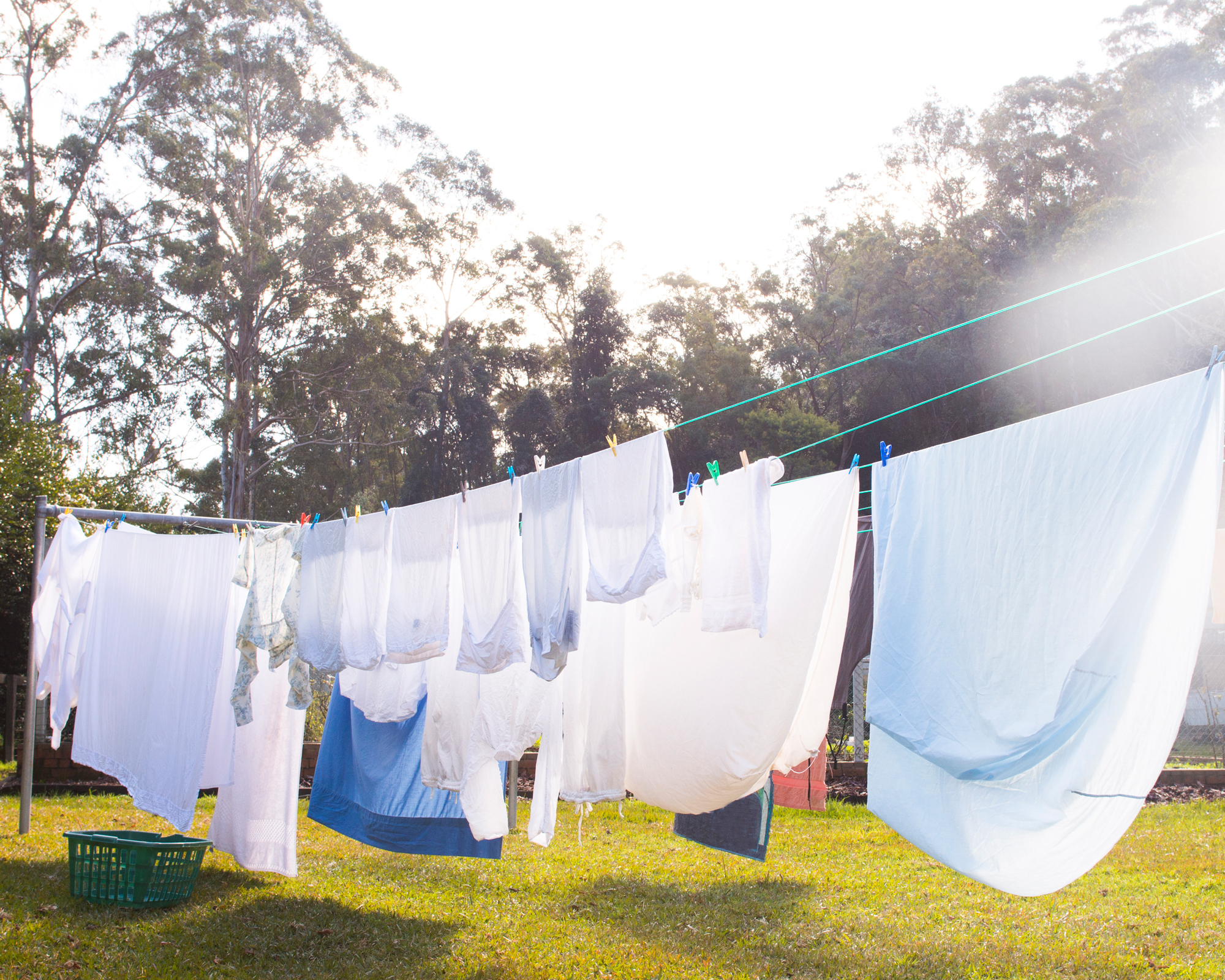
Line drying clothes may seem old-fashioned, but learning how to dry clothes without a dryer will save you money, guaranteed. The dryer alone uses around six percent of your total electricity.
If you do want to invest in the best tumble dryer, make it an Energy-star-rated one. These use 20 percent less energy than standard dryers.
12. Make sure your washing machine is full
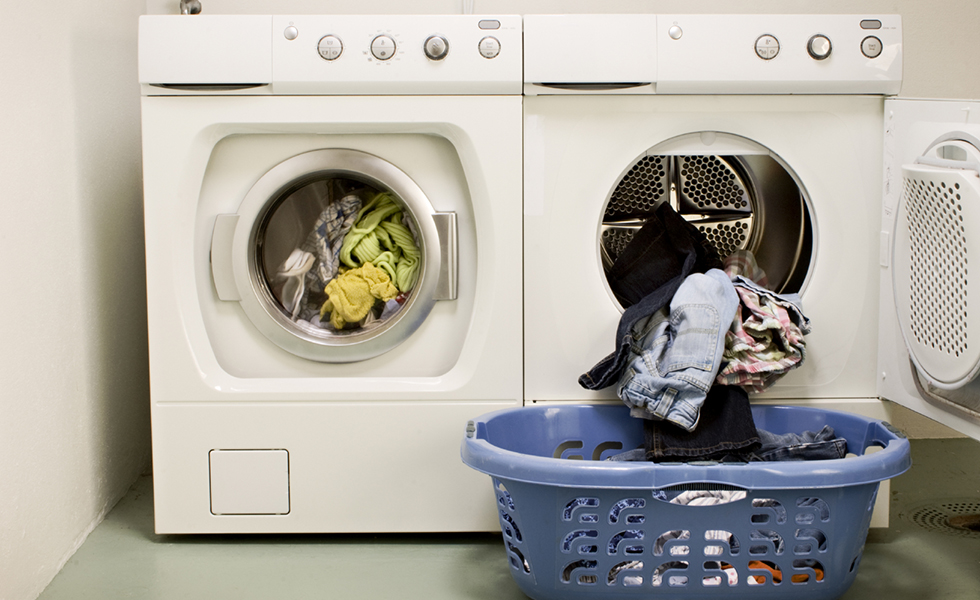
Filling up your washing machine to capacity will save you energy. In fact, one full load of your washing machine, tumble dryer, or dishwasher uses less energy than two half loads.
What will you save? £££s over time, depending on how much laundry you do.
13. Old washing machine? Replace it for a new one
If your washing machine is over 10 years old, it's wasting energy. According to Energy Star, an old washing machine could be costing you as much as $190 extra every year. So, invest in the best washing machine with a good energy-saving rating.
14. Draft-proof your home
Preventing heat from escaping your home is essential to minimizing your energy bills, so look out for any unwanted gaps that could allow warm air out. Common problem areas include windows, doors, keyholes and letterboxes, spaces between floorboards, gaps around loft hatches, and open fireplaces.
Most basic draught-proofing products can be fitted on a DIY basis, and simple solutions include self-adhesive sealant strips for use around the edges of windows, doors and loft hatches; the addition of letterbox plates and keyhole covers; draft excluders for the bottom of doors (widely available at Amazon); flexible fillers for use between floorboards; and chimney balloons, which can be inflated within an open fireplace when it’s not in use to stop warm air escaping up the chimney.
15. Use a ceiling fan instead of aircon

Live in a hotter part of the country and use central aircon? It's costing you, without a doubt. The Natural Resources Defense Council estimates that a ceiling fan uses just 10 percent of the energy used by central air conditioning. And yet, ceiling fans are remarkably effective at cooling down rooms, lowering the temperature by about 10 degrees.
16. Look for the Energy Star rating
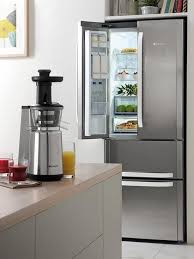
Did we mention the Energy Star rating? Buying an appliance with an Energy Star label is guaranteed to save you money on bills. For example, an aircon unit with an Energy Star rating uses 15 percent less energy than a non-labeled one.
17. Opt for low-flow faucets

Just to be clear: these faucets don't restrict your water flow; they simply add lots of tiny air bubbles to your water, reducing the amount of water you need to use. You can save a whopping 700 gallons a year installing these – that's over 40 showers.
18. Use smart heating controls

Unlike smart meters, which simply monitor and report on energy used, smart thermostats (see our buyer's guide for the best buys) can intelligently assess how much energy a home is using and make automatic changes to help reduce this. They can learn how warm you like your home and assess how to reach this temperature efficiently, and will also turn off the heating when you leave the house so it isn’t being heated unnecessarily. As the thermostats can be controlled by your smartphone, you can access your heating controls remotely, giving you greater flexibility on how you program your heating.
The Nest Learning thermostat costs from $235 on Amazon.
What will you save? According to Nest, using one of its Learning Thermostats can shave up to 12 percent off your heating bill, and 15 percent off your cooling bill.
19. Switch energy supplier
Shopping around for the best energy tariff to suit your needs and switching energy suppliers can be an effective way to reduce your bills. Start by comparing tariffs from various suppliers to find the cheapest option – the easiest way to do this is using one of the many price comparison websites such as Powerswitch.com.
You’ll need to decide if you want a flexible deal that you can leave at any date; a fixed-rate option where you sign up for a specific period, typically between 6 and 36 months. Or perhaps you’re simply after the cheapest current deal available at the time.
Providing you’re not on a fixed-term deal, there shouldn’t be an exit fee to leave your existing contract, but always check with your current supplier to make sure.
20. Only heat the rooms you're using
Installing a smart thermostat is one step to saving on energy bills, but if you live in a large house with many rooms, we advise investing into thermostatic radiator valves in every room, so that you can turn up the heating only in the rooms you are using.
21. Add rugs to your rooms

This is a great way to save on energy bills in the long-term if you have hard floors. These are always colder than carpeted floors, whereas textiles are great at trapping and retaining heat. Larger rugs will be more effective as they cover more of the floor surface.
22. Swap portable heaters for keeping yourself warmer
The vast majority of portable heaters are not energy-efficient. This especially applies to fan heaters. If you have to have a portable heater on – say, you work in a part of the house that doesn't have central heating – go for a low-energy infrared heater. Infrared heaters heat you rather than the air around you and are much cheaper to run.
Alternatively, invest in a heated blanket for yourself – these again heat you rather than the surrounding air and can cost as little as 4p an hour to run.
23. Bleed your radiators regularly
If you've never done this, learn how to bleed radiators right now – it will save you money. When radiators have air trapped in them, they don't heat up evenly, and the whole central heating system doesn't work as well as it should. If you've noticed that one of your radiators is partially cold, it's time to bleed it. Don't worry, you can do this yourself without calling out a professional plumber.
24. Get your heating system rebalanced
If, on the other hand, you are noticing that some of your radiators are perfectly hot and others are just lukewarm, your heating system may need rebalancing. James Clark, technical training manager at Wiser, recommends 'getting your installer to lower the flow temperature to around 130°F and to balance the heating system. It is advised that this is done by a heating engineer as there are other factors to consider. If not done correctly, homeowners are likely to find that the radiators furthest from the boiler do not heat up to the desired temperature.'
25. Struggling to pay your bill? Speak to your supplier
Even if you are doing the best you can to reduce energy bills, you may still find yourself in a situation where you're struggling to pay your bill, especially during a cold winter. If this is the case, speak to your energy supplier as soon as you can. Many are understanding, especially with the current high energy prices, and could agree to a different payment plan or a temporary delay to you paying your bill. Ultimately, this isn't your bill being cancelled and you will still need to pay it, but it's always better to come to some kind of an agreement rather than just not paying your bill.
26. Check if you qualify for help
If you live in the US, you may qualify for help via the Low Income Home Energy Assistance Program (LIHEAP). You will need to locate and contact your local LIHEAP office to apply.
Why is my electric bill so high?
In most cases, this will due to the fact that you're using old appliances. This is especially problematic with old washing machines, dryers, ovens, and dishwashers. All of these appliances have come a long way, with newer models consuming much less energy.
If you are a renter, then noting what appliances the apartment or house has should be on your list of things to check before going ahead with a rental contract. It may not seem important when you're thinking about the overall look and feel of a home, but the quality and age of the appliances that come with the place will have a huge impact on your bills.
Energy-saving myths: the 'hacks' that don't help you reduce your bill
It is understandable that when we're worried about bills we'll try almost anything, but there are several 'energy-saving' tips that actually don't do anything and aren't worth your time or the hassle. Consumer champion at energyhelpline.com Tashema Jackson debunks the most persistent energy-saving myths:
- Placing foil behind your radiator: does nothing. 'Reflective panels can work to conserve energy by bouncing heat back into the room; however, this only really works for external walls as they prevent heat from escaping outside.'
- A smart meter 'will not in itself save energy or reduce costs. However, by having a smart meter installed you see how much energy you’re using and therefore identify how to lower your usage by changing day-to-day behaviour.'
- Turning off hot water when you're not using it: 'There really isn’t any saving to be had by turning your hot water on and off. It’s better to make sure that your boiler tank has a good insulating jacket so that the water doesn’t require reheating. '
Anna is a professional writer with many years of experience. She has a passion for contemporary home decor and gardening. She covers a range of topics, from practical advice to interior and garden design.